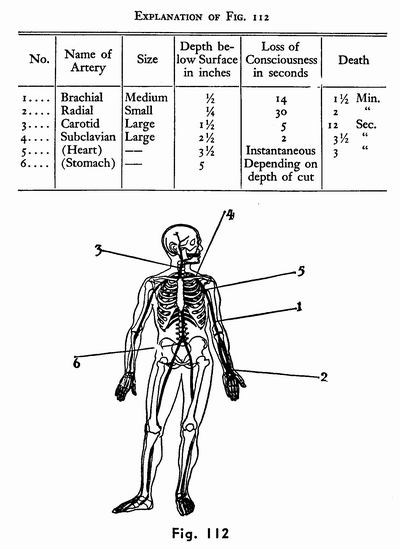A tome bound in plain leather, with no distinguishable features on the cover. It's pages detail different types of tobacco. However, when a soft word is spoken, the pages change, revealing the flowing lines of Daniel's handwriting and a small white rose underneath the title.
The Sicarii
A Treatise on the Art of Assassination

A Treatise on the Art of Assassination
I. Introduction
II.The Art of Poisons
III. Close Combat
IV. An Essay on Camouflage
V. A Word on Magicks
VI. Concluding Remarks
II.The Art of Poisons
III. Close Combat
IV. An Essay on Camouflage
V. A Word on Magicks
VI. Concluding Remarks
















Comment